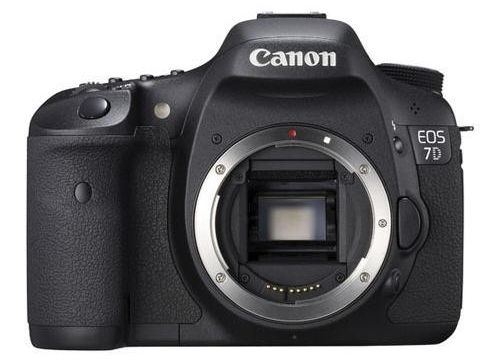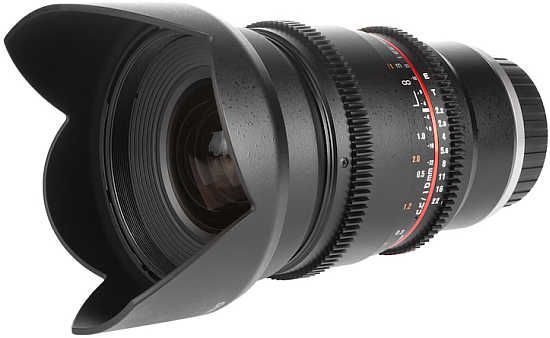Rumor: No Canon EOS 7D Mark II Before Summer 2014

Another rumor suggesting what we all were starting to think: Canon will not announce yet release the Canon EOS 7D Mark II in 2013. Canon Rumors writes that the successor of the Canon EOS 7D is scheduled for the second half of 2014. The EOS 7D II is said to feature the same 20MP sensor of the Canon EOS 70D (with Dual Pixel CMOS AF), a GPS unit but no WiFi. However, it appears that Canon is still deciding about the spec of the 7D II, and that they will first see how successful the 70D will be. Good point, since the 70D has all it needs to be a best seller. Finally, there should be an entr-level DSLR too in the first half 2014. No news about the fabled high resolution DSLR.
Good to know that we could soon have Magic Lantern’s RAW hack on the EOS 7D :)
Canon EOS 7D price check: B&H Photo, Adorama, Amazon USA, Amazon Canada, Canon Canada, Canon USA


